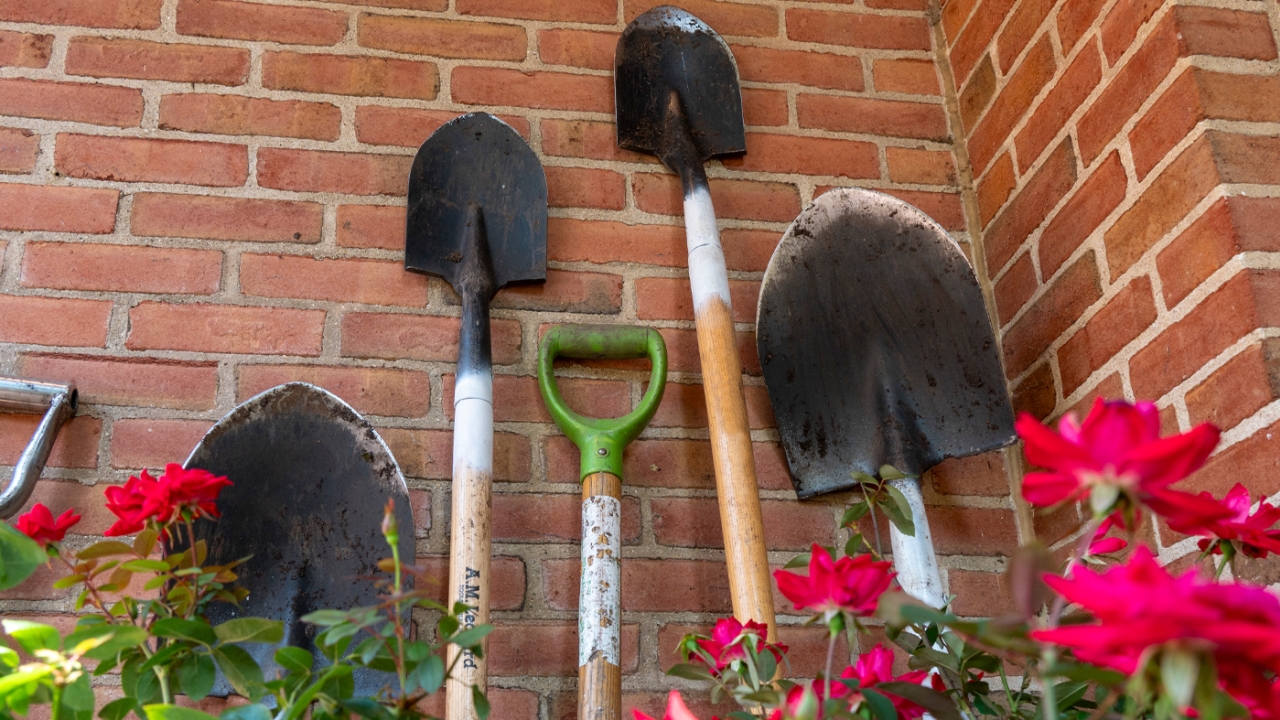

Tips & Techniques
Starting a Small-Space Vegetable Garden
From the farmhouse to the White House, vegetable gardening has captured the imagination and attention of seasoned as well as novice gardeners across the nation. Urban and suburban families alike can catch this veggie fever but funnel their energies into a productive small-space garden.
The cycle of selecting seeds or small plants, digging a garden for them, nurturing the plants, harvesting the bounty, and eating the delicious, nutritious final product is a priceless education in itself. Gardening and the subsequent cooking activities transcend generations and cultures, and can include every member of the extended family. If you're tempted to dig in this spring, keep it simple, small, and have fun!
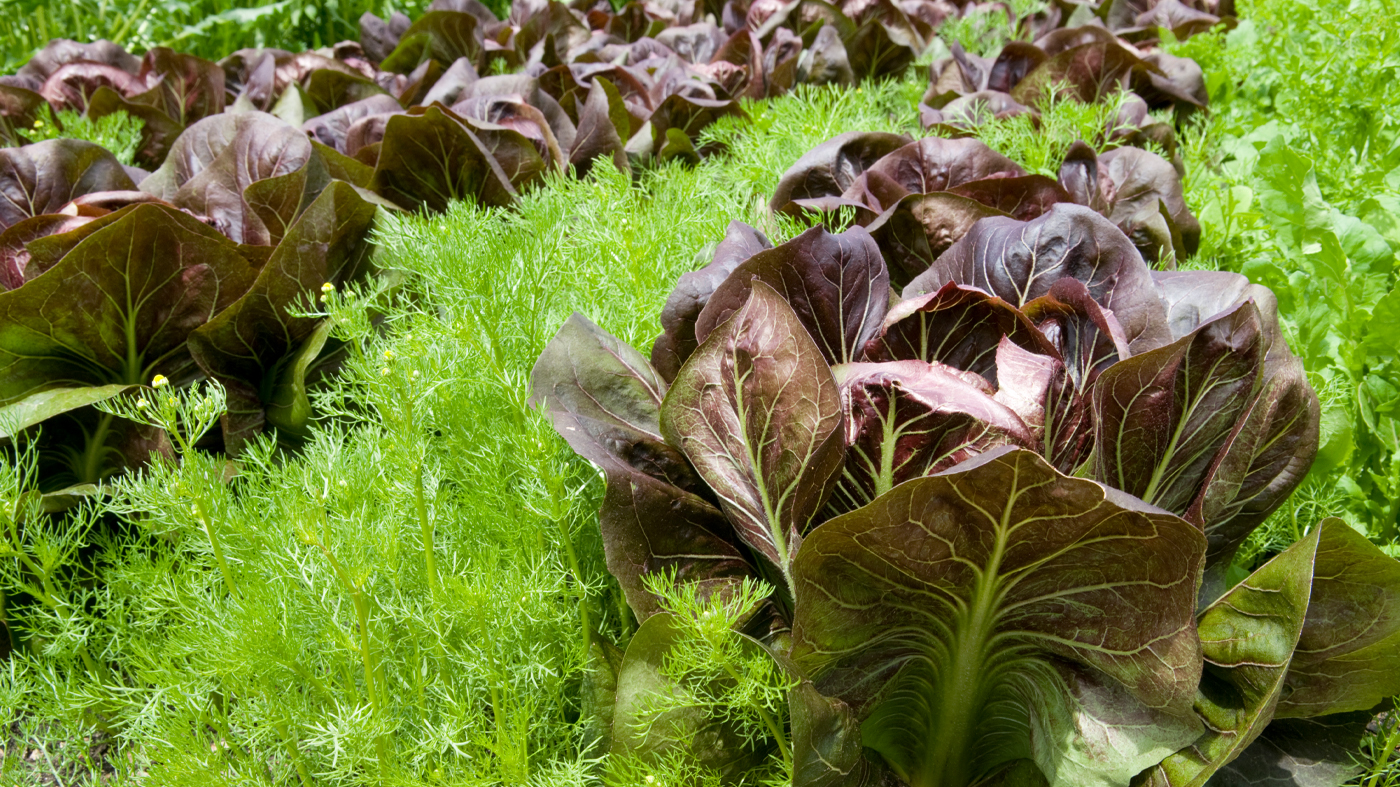
Select the Space
Before picking up a shovel or rushing out to buy seeds and plants, choose your garden space. Locate a small section of your yard that receives six to eight hours of sun a day. An area with a north-south orientation is ideal, in that it takes advantage of the east-west movement of the sun and gives veggies more exposure to full sun—a condition they require to produce bumper crops. The garden should be close to a water source and easy to access, since food crops require hands-on tending, watering, and monitoring for problems—as well as daily checking on how big and colorful those veggies are getting! Start small; you can always add later.
Plant Information Service can assist with all questions.
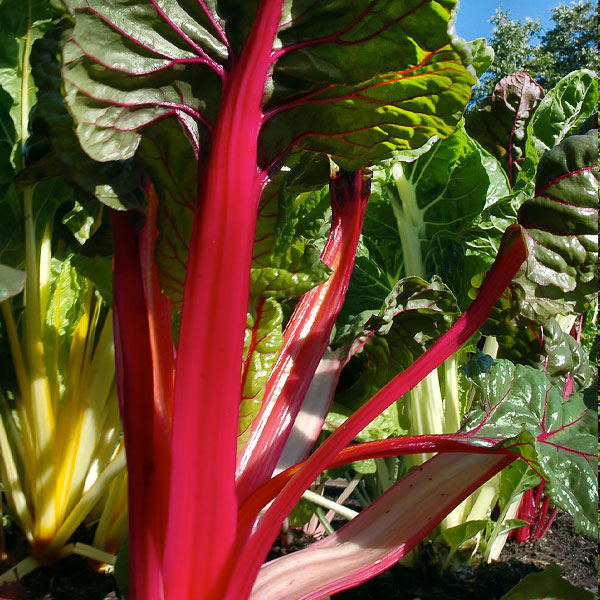
Choose the Crops
Discuss the vegetable and herb possibilities with the family so each person, including all kids, can choose a favorite. Early cool-season spring crops that can tolerate a chilly (but not soaking wet) April planting include all lettuces and greens, spinach, chard, peas, beets, radishes, potatoes, carrots, cabbages, and onions. Growing beautiful, colorful, and texturally intriguing vegetables is a wonderful way to encourage children to eat something new. To maximize space in the garden, select smaller varieties of vegetables, e.g., cherry or patio tomatoes, minicarrots, and bush varieties rather than vining types of cucumbers, melons, and beans, which take up more room.
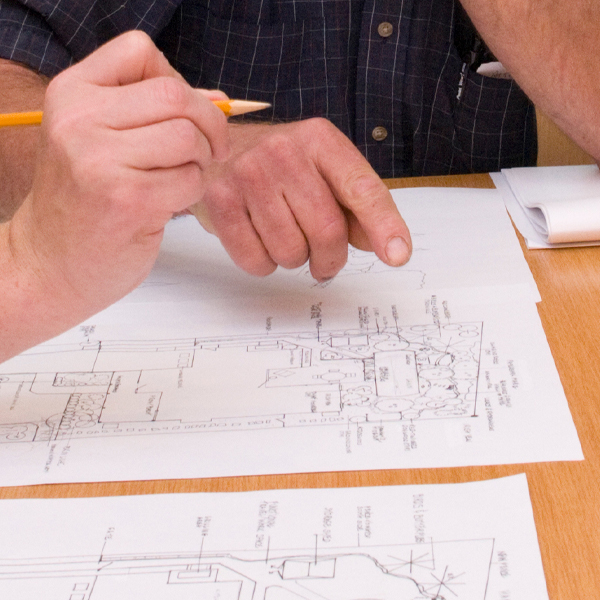
Draw it Out
A simple drawing of the garden is visually helpful and shows exactly how much space you have for each plant. This will prevent over-purchasing at the garden center. To prevent the tallest plants from shading out the low-growing ones, site them at the back, on the sides, or down the middle of the garden, depending on the orientation of your space. Allow room for either pavers or paths lined with hay, straw, or several inches of grass clippings to encourage daily visits, without risking compacting the soil from heavy foot traffic. Most veggies can be planted in rows or bands, clearly marked at the end of the row with a seed packet to remind gardeners what's coming up.
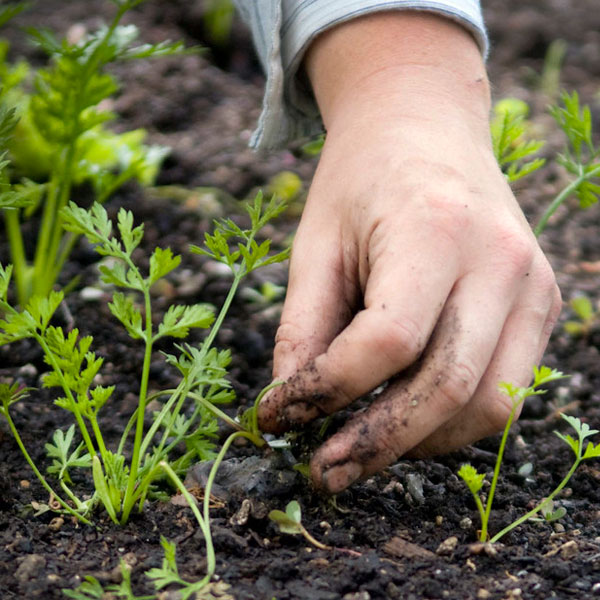
Dig It
When the weather is dry, and so is the soil, it's time to dig the garden. Chicago-area soils often remain cold, wet, and heavy late into spring. Digging in those conditions further compacts the soil and creates a solid mass where tiny roots simply cannot grow. Over time, garden soils can be organically lightened and fortified with a good mix of homemade compost, ground-up leaves (leaf mold), and/or composted manure. Blending in several inches of these natural amendments, in spring and again in late fall, enriches and lightens your soil without resorting to chemical fertilizers, making the gardening process a truly sustainable one.
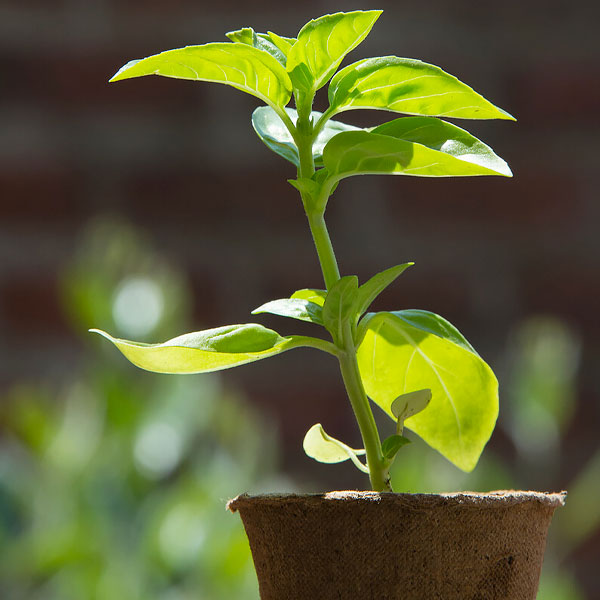
Seeds or Transplants
For early spring gardens, seeds are economical and great fun for children. Radish, lettuce, spinach, peas, and carrot seeds can be scattered lightly in prepared soil, or, once you really get going with vegetable gardening, can be started indoors in March. Radish seeds are a perfect choice for kids since they will sprout from a seed into your salad in about three weeks. Cool-season crops can handle chilly spring or fall weather, and are often planted again later in the season and harvested as fall crops. Hot summer weather does not suit the cool crops, so be sure to balance your spring selections with some heat-loving vegetables. Since they take longer to mature, it makes sense to purchase them as small plants ready for the garden once all danger of frost has passed, usually by the end of May. Favorite warm-season crops good for small gardens include cherry and patio tomatoes, peppers, bush cucumbers and beans, and smaller eggplants.
Gardeners interested in starting plants from seeds will notice the incredible variety of choices not found in transplants. Whether purchased online from specialty nurseries, catalogs, or at local garden centers, seed packets offer heirloom plants, rare and unusual cultivars, and tempting varieties of veggies even the diehard nonvegetarian will enjoy. Save the packets and follow the planting, thinning, and growing instructions specific to each type of plant. Heirloom plants are often tastier, hardier, and more resistant to weather, insects, and diseases than the cultivated hybrids.
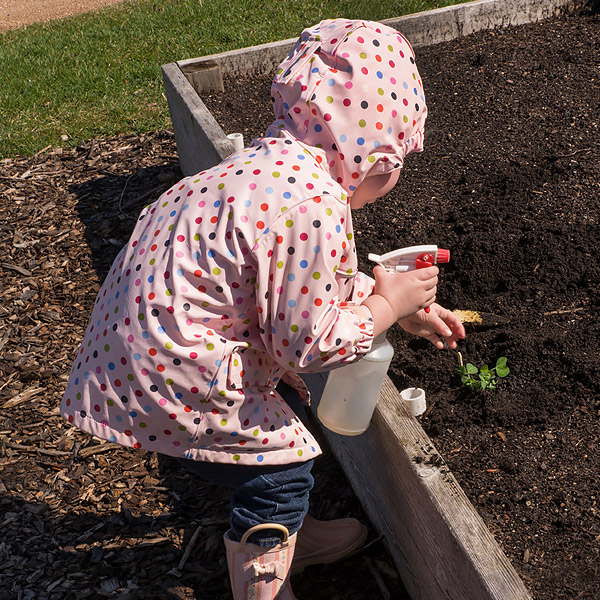
Grow On
As the seeds germinate into seedlings, and small transplants become larger, the real work begins. Weeds must be kept out of the garden since they compete, often favorably, with your crops. Learn to recognize a weed from a prized veggie seedling and hand pull early in the season. A few inches of mulch distributed throughout the garden helps keep the weeds out, even moisture in the soil, and the garden tidy.
Vegetables and herbs appreciate constant, even moisture, applied in their root zones, where it's needed, not on their foliage, where it's wasted. Children can be excellent irrigation managers when shown how to hold a gentle stream of water close to the ground so the roots can be satisfied. “Even moisture” can be a tricky concept in all forms of gardening. The goal is to maintain moisture in the soil rather than drying it out to the cracking point and then flooding it with too much water. Tomatoes are especially sensitive to extreme variations in soil moisture. To keep the garden organic and sustainable, supplemental fertilizer should not be necessary, as long as the soil is fertile and full of good rich compost.
By rotating in summer crops once the spring crops are done (often by June 1), the garden will continue to provide food, interest, and great enjoyment to all. For any questions on gardening techniques, identifying cultural or insect problems, locating seeds, etc., call or email the Chicago Botanic Garden's Plant Information Service.

